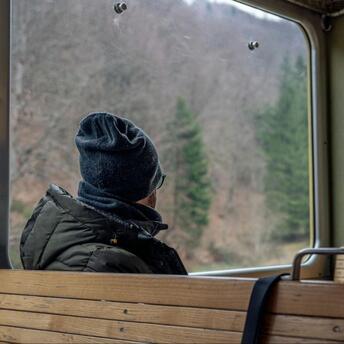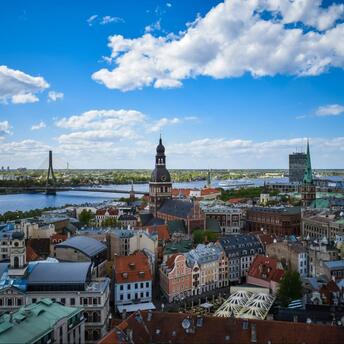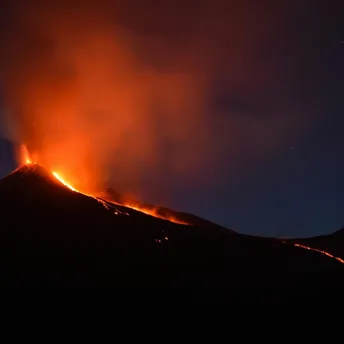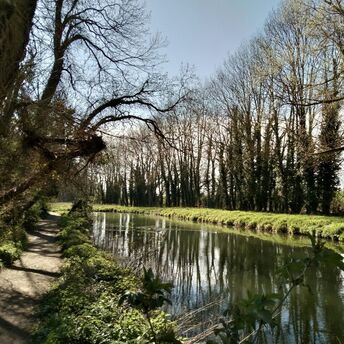UNESCO Listing Brings Global Focus to Zagorohoria’s Ancient Paths
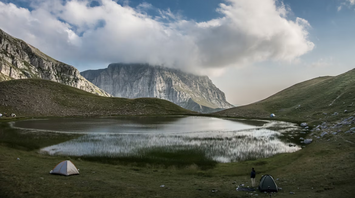
UNESCO’s decision in 2023 to include the network of stone-built trails and bridges in northern Greece’s Zagorohoria on its World Heritage List continues to shape the region today. The 15th-century paths link 46 villages in the Pindus mountains, and for centuries they served as the only connections between settlements before paved roads reached the area in the 1970s.
The recognition underlined the role of kalderimia, the stone footpaths that for centuries connected villages by carrying people, goods and traditions through the mountains. Together with bridges like Kokkori, Missiou and Mylos, they reveal how builders managed the steep terrain and strong river currents with notable skill. These routes have endured thanks to strong craftsmanship and the way mountain communities relied on them in daily life.
The designation brought international attention to a part of Greece often overshadowed by islands and ancient cities. It emphasised how the villages of Zagorohoria, built entirely from local stone, developed in close connection with their surroundings. Village squares shaded by old plane trees, with churches and communal spaces at their centre, still form the core of local life and show how the culture developed in step with the surrounding mountains.
Travellers visiting the region can follow routes that reveal both its history and natural beauty. The Vradeto staircase, made up of more than a thousand stone steps, shows the effort once needed to connect mountain settlements. From its top, the Beloi viewpoint opens onto panoramic views of the Vikos Gorge, a canyon stretching 20 kilometres. Kipoi brings together several historic stone bridges, among them the three-arched Plakidas, a reminder of how such crossings once carried the region’s trade and daily journeys across mountain rivers.

Nearby trails lead into the Vikos-Aoös National Park, where orchids, wild tulips and sage grow alongside oak and beech forests. Nearly one out of every three plant species in Greece grows here, underscoring the park’s rich biodiversity and significance. Even now, UNESCO’s recognition highlights that a journey through Zagorohoria brings together both centuries of cultural tradition and striking mountain landscapes that continue to define daily life in this part of northern Greece.




